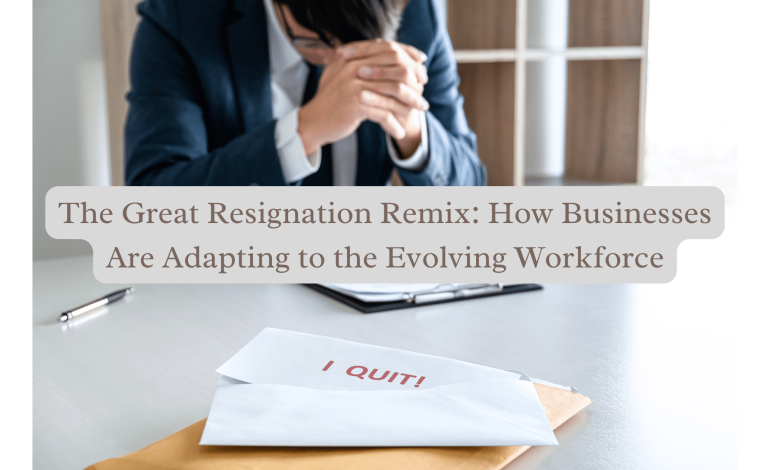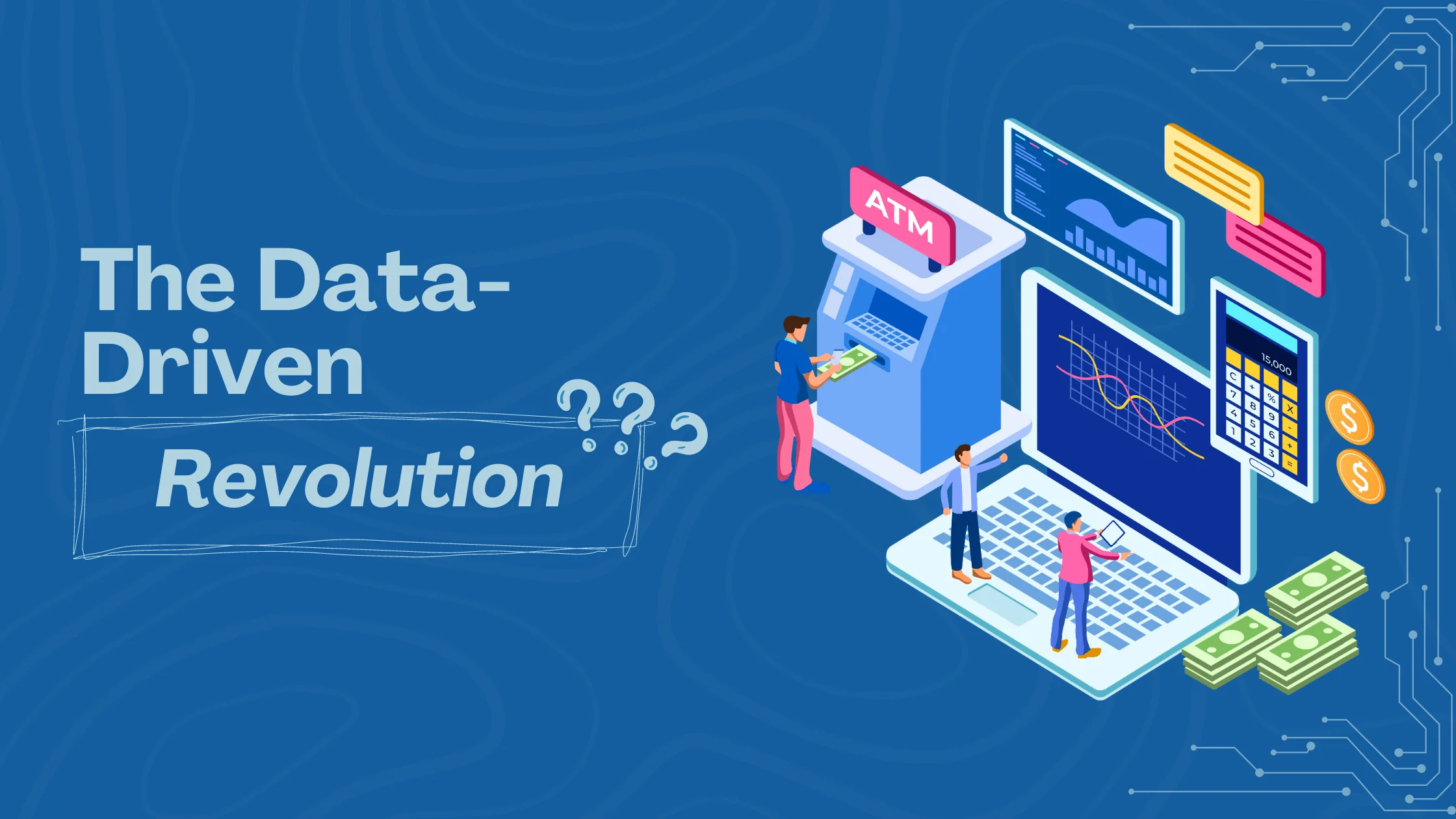
The Great Resignation Remix: How Businesses Are Adapting to the Evolving Workforce
Table of Contents
The Great Resignation, a period of unprecedented employee turnover that began in 2021, continues to reshape the workplace landscape. Millions of workers have left their jobs, citing factors like burnout, stagnant wages, and a desire for greater work-life balance. This mass exodus has forced businesses to re-evaluate their employee value proposition and adapt to the evolving expectations of the modern workforce.
This article explores how businesses are remixing their strategies to attract, retain, and engage talent in the face of the Great Resignation’s ongoing impact. We’ll delve into the key areas businesses are focusing on to navigate this new reality, highlighting innovative approaches and best practices.
Understanding the Remix: Why the Old Playbook Doesn’t Work Anymore
The traditional model of employer-employee relations, characterized by rigid hierarchies, limited flexibility, and a focus on presenteeism, is no longer sustainable. Employees today prioritize work-life balance, career growth opportunities, and a sense of purpose in their work. The pandemic further amplified these desires, pushing individuals to re-evaluate their priorities and seek work environments that align with their values.
Here are some key factors driving the changing employee landscape:
- Burnout and Work-Life Balance: Exhaustion from long hours and a lack of boundaries blurred the line between work and personal life for many.
- Skill Gaps and Development: The rapid pace of technological change creates skill gaps. Employees seek opportunities to develop their skill sets and stay relevant in an evolving market.
- Compensation and Recognition: Stagnant wages and a lack of recognition for contributions are leading employees to seek better compensation packages and a culture that values their input.
- Remote Work Flexibility: The pandemic normalized remote work, and many employees now prefer the flexibility it affords.
Businesses that fail to acknowledge these shifts risk losing valuable talent to competitors who are actively addressing these concerns.
The Remix in Action: Strategies for Adapting to the New Normal

Businesses are implementing a range of strategies to adapt to the evolving workforce demands. Let’s explore some key areas of focus:
Redefining the Employee Value Proposition (EVP)
A strong EVP is critical for attracting and retaining top talent. Businesses are rethinking their EVPs to highlight the unique benefits they offer beyond just a paycheck. This includes aspects like:
- Competitive Compensation and Benefits Packages: Offering competitive salaries, comprehensive health insurance, and attractive perks like parental leave and mental health resources demonstrates a commitment to employee well-being.
- Work-Life Balance Initiatives: Implementing flexible work arrangements like remote work options, compressed workweeks, and generous vacation policies can significantly improve employee satisfaction.
- Career Development Opportunities: Providing access to training programs, mentorship opportunities, and tuition reimbursement demonstrates a commitment to investing in employees’ growth.
- Focus on Diversity, Equity, and Inclusion (DE&I): Prioritizing a culture of inclusion where all employees feel valued and respected is essential for attracting and retaining a talented and diverse workforce.
Embracing Flexible Work Models
The Great Resignation has underscored the importance of flexibility for employees. Businesses are increasingly adopting flexible work models like:
- Remote Work: Offering fully remote or hybrid work arrangements allows employees to work from locations outside the traditional office setting.
- Flex Hours: The ability to adjust work schedules based on individual needs helps employees manage personal commitments and maintain work-life balance.
- Compressed Workweeks: Allowing employees to complete their workweek within a fewer number of days, like a four-day workweek, can significantly improve employee well-being.
Fostering a Culture of Employee Engagement
Employee engagement goes beyond offering good pay and benefits. It’s about creating a work environment where employees feel valued, motivated, and connected to the bigger picture.
Here’s how businesses are fostering engagement:
- Empowering Employees: Giving employees ownership over their work and decision-making processes fosters a sense of autonomy and trust.
- Open Communication and Transparency: Regular communication from leadership and open channels for feedback create a sense of trust and inclusivity.
- Recognition and Appreciation: Regularly acknowledging employee achievements and contributions fosters a sense of belonging and value.
- Focus on Purpose and Meaning: Highlighting the impact of the company’s work and how it contributes to a larger good can motivate employees and give their work meaning.
Investing in Technology and Automation
Technology can play a vital role in improving employee experience and productivity. Businesses are leveraging technology in several ways:
- Automation Tools: Utilizing automation for repetitive tasks frees up employees to focus on more strategic and creative work.
Collaboration Platforms: Implementing tools that facilitate communication and collaboration across teams, especially with remote workforces





